In the intricate world of automotive suspension systems, one vital component that plays a significant role in ensuring a smooth and controlled ride is the upper control arm. In this comprehensive guide, we will delve into the realm of upper control arms, exploring their function, importance, and the process of replacing them. From understanding their construction to discussing specific models like the Silverado Upper Control Arms, we aim to equip you with valuable knowledge to maintain and optimize their vehicle's suspension. If you want to know more about everything about control arms, then you can't miss this guide!
Understanding Upper Control Arms
What are Upper Control Arms?
Upper control arms, often referred to as UCA, are essential parts of a vehicle's front suspension system. They are a fundamental link between the chassis and the steering knuckle, connecting the uppermost point of the wheel hub to the frame or body of the vehicle. This pivotal connection allows for controlled movement of the wheel during the suspension travel.
Differentiating Upper Control Arms from Lower Control Arms
It's crucial to distinguish between upper and lower control arm, as they serve distinct functions. While upper control arms manage the vertical movement and alignment of the wheels, lower control arms are responsible for controlling horizontal movements. Both control arms work in harmony to provide stability and control during cornering and various road conditions.
Components and Construction of Upper Control Arms
Upper control arms are typically composed of sturdy materials such as steel or aluminum to withstand the stresses of the suspension system. They consist of a U-shaped design, with ball joints at both ends and bushings at the connection points. The ball joints allow for flexible movement, while the bushings provide vibration dampening and reduce noise transmission.

Role and Function of Upper Control Arms
Suspension Geometry and Stability
The proper geometry of the suspension system is crucial for maintaining stability and safety while driving. Upper control arms play a key role in controlling the camber angle, which refers to the tilt of the wheels concerning the vertical axis. Correct camber alignment ensures that the tires maintain optimal contact with the road surface during cornering and braking, enhancing overall stability.
Facilitating Wheel Movement and Alignment
During suspension travel, the wheels move vertically to absorb road imperfections. Upper control arms allow controlled movement of the wheels, ensuring they follow the desired path and minimizing undesirable effects like tire wear and loss of traction.
Impact on Steering and Handling Performance
The design and condition of upper control arms directly influence a vehicle's steering response and handling characteristics. Worn or damaged upper control arms can lead to imprecise steering, uneven tire wear, and compromised handling, jeopardizing driver safety.
Signs of Upper Control Arm Wear or Damage
Common Symptoms of Worn Upper Control Arms
Identifying signs of wear or damage in upper control arms is essential for timely replacement. Common symptoms include unusual noises such as squeaking or clunking when driving over bumps, uneven tire wear, steering wander or pulling, and reduced responsiveness during cornering.
Importance of Timely Replacement
Neglecting worn or damaged upper control arms can lead to severe consequences, including compromised vehicle control, decreased braking performance, and accelerated wear on other suspension components. Regular inspections and prompt replacements are vital for a safe and smooth driving experience.
Replacing Upper Control Arms: A Step-by-Step Guide
Necessary Tools and Equipment
Before embarking on an upper control arm replacement, gather the appropriate tools and equipment, including a jack, jack stands, socket set, ball joint separator, torque wrench, and a suitable replacement upper control arm.
Safety Precautions
Always prioritize safety when working on a vehicle. Ensure the car is parked on a level surface, use wheel chocks to prevent rolling, and follow manufacturer guidelines for lifting the vehicle safely.
Preparation Steps Before Replacement
Loosen lug nuts, raise the vehicle using a jack, and secure it on jack stands. Remove the wheel to access the upper control arm assembly.
Step-by-Step Instructions for Upper Control Arm Replacement
Follow a systematic approach to remove the old upper control arm, detach the ball joint, install the new upper control arm, and reassemble the suspension components. Be sure to torque all bolts to the recommended specifications.

Specific Case Studies
1. Replacing Upper Control Arm on a Silverado (2014 Silverado)
The Chevrolet Silverado is a popular full-size pickup truck known for its rugged performance and versatility. For Silverado control arm owners,understanding the specific steps involved in replacing the upper control arm on a 2014 model can be immensely helpful. This case study will provide detailed insights into the process, common challenges, and potential benefits of undertaking this replacement.
Preliminary Assessment
Before beginning the replacement process, conduct a thorough visual inspection of the upper control arm for signs of wear, damage, or corrosion. Check the ball joints and bushings for any play or excessive movement. If you notice any issues, it's crucial to proceed with the replacement to prevent further damage to the suspension system and ensure safe driving.
Gather the Necessary Tools and Parts
Make sure you have all the required tools and replacement parts ready for the job. You will need a jack, jack stands, a socket set, a ball joint separator, a torque wrench, and, most importantly, the new upper control arm designed specifically for the 2014 Silverado model.
Safety Precautions
Safety should be a top priority during any automotive repair. Ensure that the vehicle is parked on a level surface and securely supported on jack stands before working underneath it. Use wheel chocks to prevent any accidental rolling of the vehicle.
Removal of the Old Upper Control Arm
Begin by loosening the lug nuts of the wheel where you will be working. Once loosened, lift the vehicle with a jack and place it on the jack stands. Remove the wheel to gain access to the upper control arm assembly. Next, detach any components connected to the upper control arm, such as the sway bar link and the ball joint. Carefully loosen and remove the bolts securing the upper control arm to the frame.
Installing the New Upper Control Arm
Position the new upper control arm in place and secure it with the appropriate bolts. Torque the bolts to the manufacturer's specifications to ensure proper installation. Reattach any other components that were disconnected during the removal process.
Checking Alignment
After the replacement, it's essential to check the wheel alignment. Improper alignment can lead to premature tire wear and affect the vehicle's handling. If you don't have access to alignment equipment, consider visiting a professional auto shop to ensure the wheels are properly aligned.
Test Drive and Final Inspection
Before considering the replacement process complete, take the Silverado for a test drive. Pay close attention to the steering response, handling, and any unusual noises or vibrations. Once you're satisfied with the results, conduct a final inspection to ensure all components are properly secured and torqued.
2. Upgrading to Tacoma Upper Control Arms: Benefits and Considerations

Toyota Tacoma owners seeking enhanced suspension performance and durability may consider upgrading to aftermarket upper control arms. These upgraded components are specifically designed for Tacoma models and offer several benefits over stock control arms. Here are some key points to consider:
Improved Off-Road Capability
Aftermarket Tacoma upper control arms often feature stronger materials and improved design, making them more resilient to off-road stresses. Upgrading can lead to better wheel articulation and suspension travel, enhancing the truck's performance on rough terrains.
Enhanced Alignment Adjustability
Many aftermarket upper control arms for the Tacoma come with adjustable ball joints or camber plates. This adjustability allows for precise alignment settings, enabling users to fine-tune their vehicle's suspension for specific driving needs or modifications.
Durability and Longevity
High-quality aftermarket upper control arms are built to withstand the demanding conditions of off-road driving and heavy-duty use. They are often constructed with heavy-duty materials like forged steel or aluminum, providing increased strength and longevity compared to stock components.
Compatible with Lift Kits
If you've installed a lift kit on your Tacoma, upgrading to aftermarket upper control arms becomes even more important. Lift kits alter the suspension geometry, and upgraded control arms can help maintain proper wheel alignment and handling characteristics.
3. Evaluating Silverado Upper Control Arms: Features and Performance

For Silverado owners looking to optimize their truck's suspension system, choosing the right upper control arms is crucial. There are several options available in the market, each offering unique features and performance advantages. Here are some factors to consider when evaluating Silverado upper control arm:
Material and Construction
Pay attention to the materials used in the construction of the upper control arms. High-quality options often feature durable steel or aluminum, which can handle the stresses of heavy-duty use and off-road driving.
Ball Joint and Bushing Quality
The ball joints and bushings in the upper control arms play a vital role in ensuring smooth movement and vibration dampening. Look for options with high-quality ball joints and bushings to ensure long-lasting performance.
Design and Adjustability
Some aftermarket upper control arms offer adjustability features, allowing fine-tuning of alignment settings and suspension geometry. Consider your specific driving needs and preferences when evaluating adjustable vs. non-adjustable options.
Compatibility with Suspension Lifts
If your Silverado is equipped with a suspension lift kit, ensure the selected upper control arms are compatible with the lift height. Properly matched components will help maintain correct suspension geometry and alignment.
Customer Reviews and Feedback
Before making a purchase, read customer reviews and feedback on various upper control arm options. Experiences and opinions can provide valuable insights into the performance and durability of different products.

Frequently Asked Questions (FAQs)
Q1. What is the typical lifespan of upper control arms?
The lifespan of upper control arms can vary depending on various factors such as driving conditions, vehicle usage, and maintenance practices. On average, upper control arms may last anywhere from 80,000 to 150,000 miles. However, it's essential to perform regular inspections and replace worn or damaged control arms promptly to ensure optimal suspension performance and safety.
Q2. Can I replace only one upper control arm, or should I replace both sides?
It is generally recommended to replace both upper control arms at the same time, even if only one shows signs of wear or damage. Replacing both control arms ensures balanced suspension performance and prevents uneven wear on tires and other suspension components. Additionally, replacing both sides simultaneously saves time and effort in the long run.
Q3. How can I identify if my upper control arms need replacement?
Several symptoms indicate that your upper control arms may need replacement. These include unusual noises like squeaking or clunking when driving over bumps, uneven tire wear, steering wander or pulling, and reduced responsiveness during cornering. If you notice any of these signs, it's advisable to have the control arms inspected by a qualified mechanic for proper diagnosis and timely replacement.
Q4. Are aftermarket upper control arms worth considering?
Aftermarket upper control arms can offer several benefits, such as improved performance, durability, and alignment adjustability. They are especially valuable for off-road enthusiasts and those seeking specific suspension enhancements. However, choosing the right aftermarket control arms from reputable manufacturers is essential to ensure compatibility and optimal performance. It's recommended to read reviews, seek expert advice, and consider your driving needs before making your purchase decision. Additionally, aftermarket upper control arms may come with different warranty options, so be sure to check the manufacturer's warranty coverage for peace of mind.
Q5. Can I replace upper control arms myself, or should I seek professional help?
The replacement of upper control arms involves working with critical suspension components, and it requires a certain level of mechanical knowledge and expertise. If you have experience with automotive repairs and access to the necessary tools, you may consider replacing them yourself. However, keep in mind that improper installation can lead to safety hazards and affect vehicle handling. If you are unsure about the process or lack the required experience, it's best to seek professional help from a certified mechanic or a reputable auto shop to ensure a safe and accurate installation.
Q6. How often should I inspect my upper control arms?
Regular inspections of the upper control arms are essential to catch any signs of wear or damage early on. It's advisable to include a suspension system check during routine vehicle maintenance, such as oil changes or tire rotations. Additionally, have your control arms inspected if you notice any unusual noises, steering issues, or changes in vehicle handling. Catching problems early can prevent further damage and potentially costly repairs down the road.
Q7. Can I perform a wheel alignment after replacing the upper control arms?
Yes, it is highly recommended to perform a wheel alignment after replacing the upper control arms. Installing new control arms can alter the suspension geometry, affecting wheel alignment and tire wear. A proper wheel alignment ensures that the wheels are correctly positioned relative to the vehicle and the road surface, optimizing tire performance, steering response, and overall vehicle stability.
Conclusion
In conclusion, understanding the significance of upper control arms in a vehicle's suspension system is crucial for maintaining a safe and enjoyable driving experience. These essential components play a pivotal role in controlling wheel movement, alignment, and stability, directly influencing steering response and handling performance.
Throughout this comprehensive guide, we have explored the function and construction of upper control arms, highlighting their distinct role from lower control arms. We have also provided detailed insights into specific case studies, such as replacing the upper control arm on a 2014 Silverado and the benefits and considerations of upgrading to aftermarket Tacoma upper control arms.
By following the guidelines provided in this guide and adhering to routine maintenance, you can ensure their upper control arms remain in optimal condition, contributing to a smoother ride, enhanced steering, and improved overall handling.

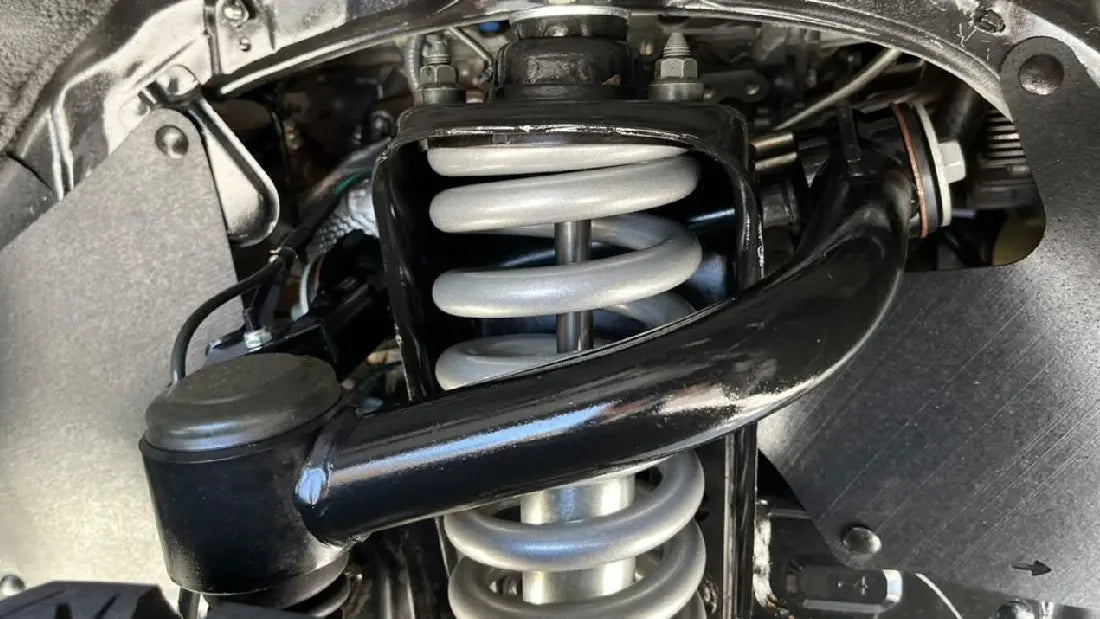
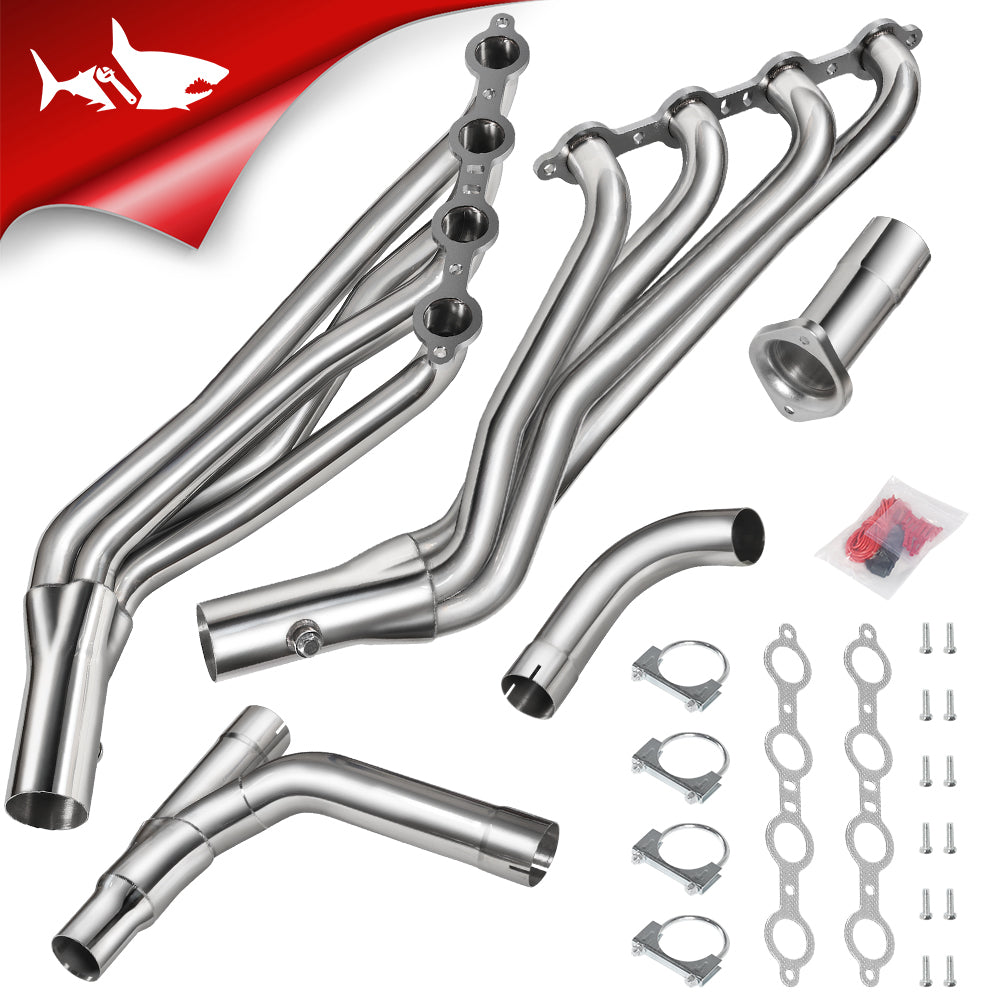
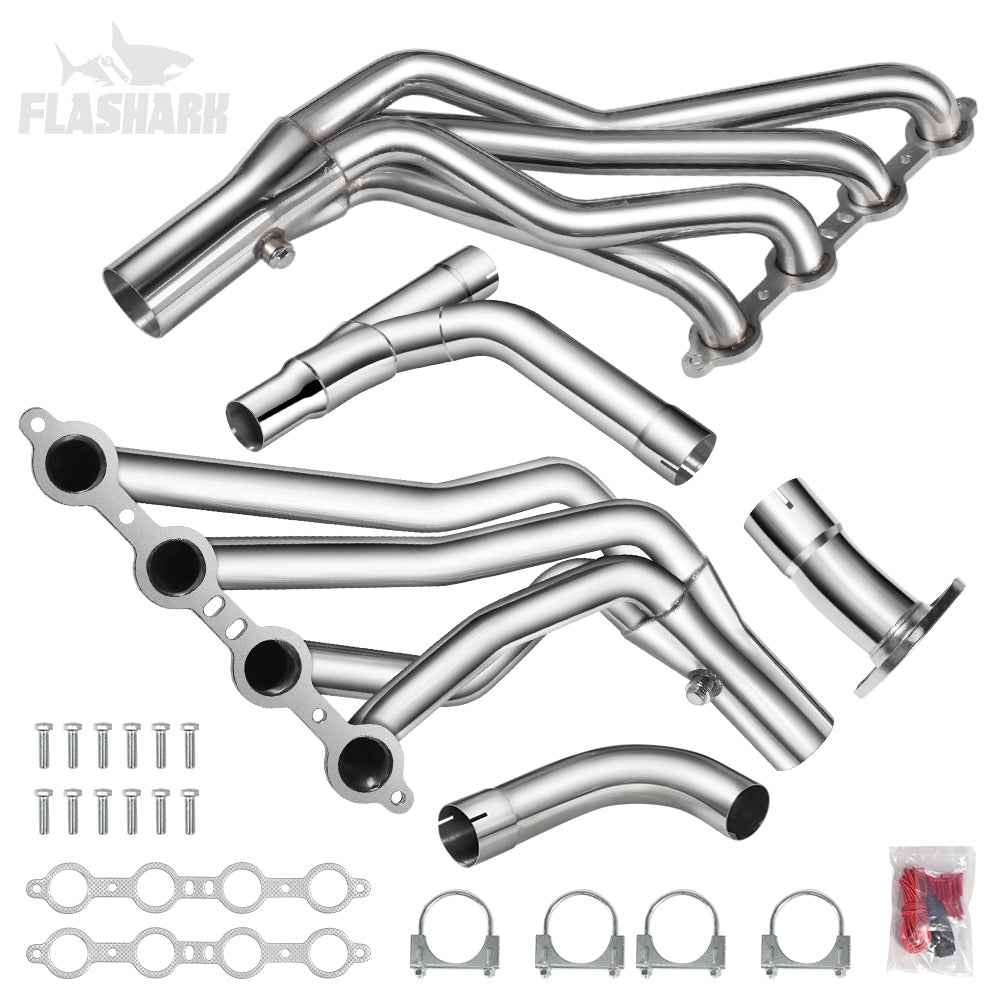

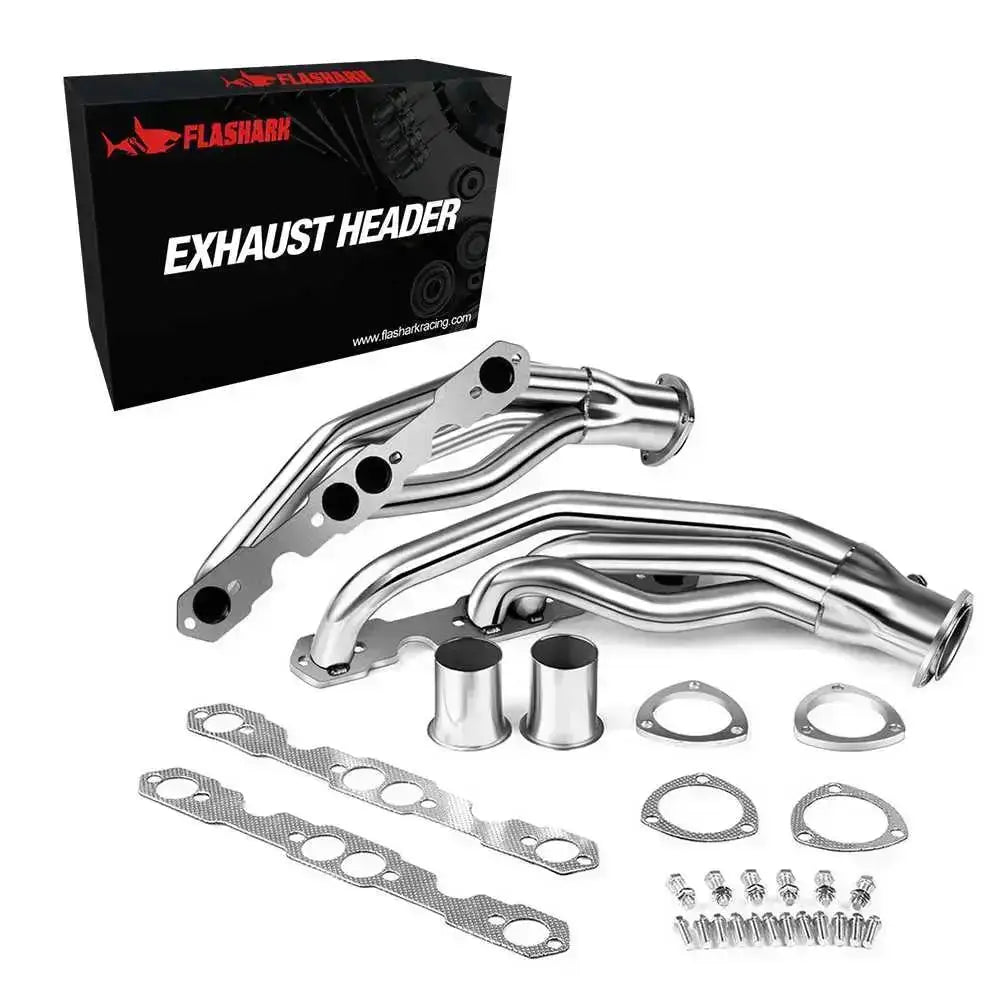
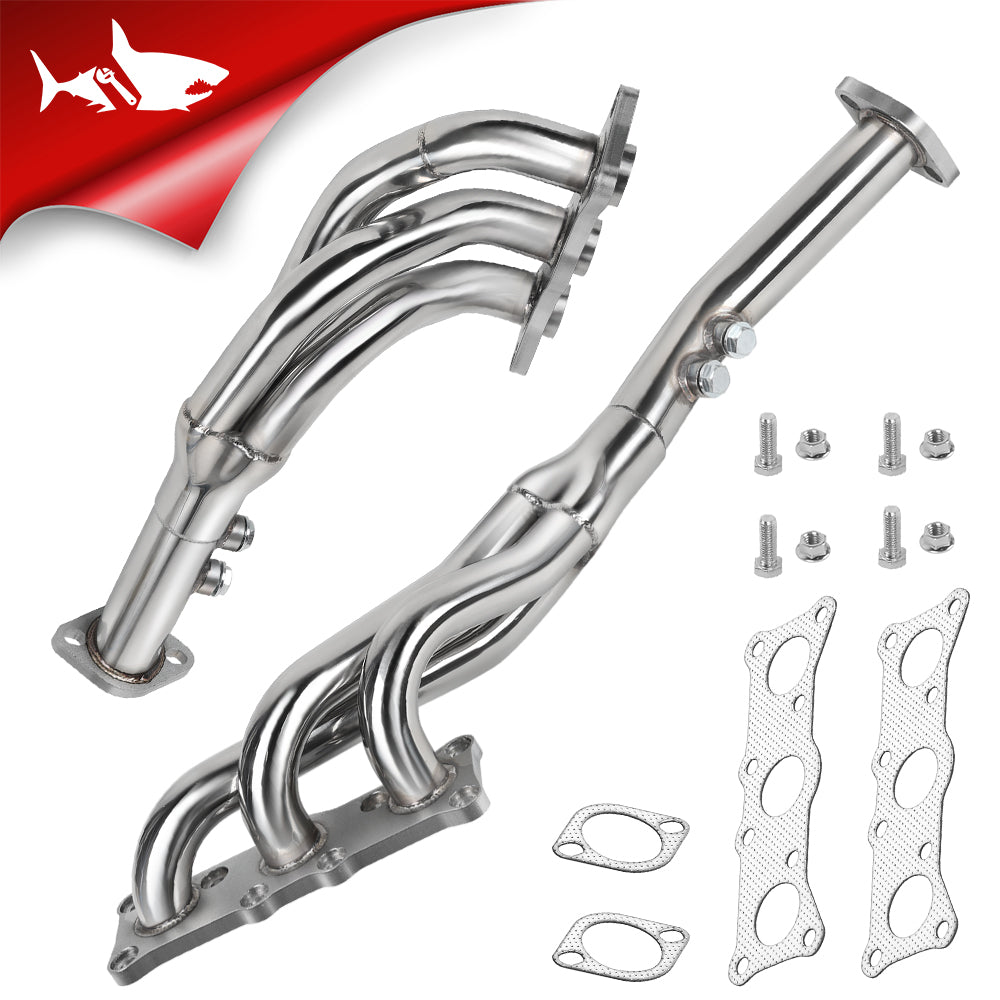
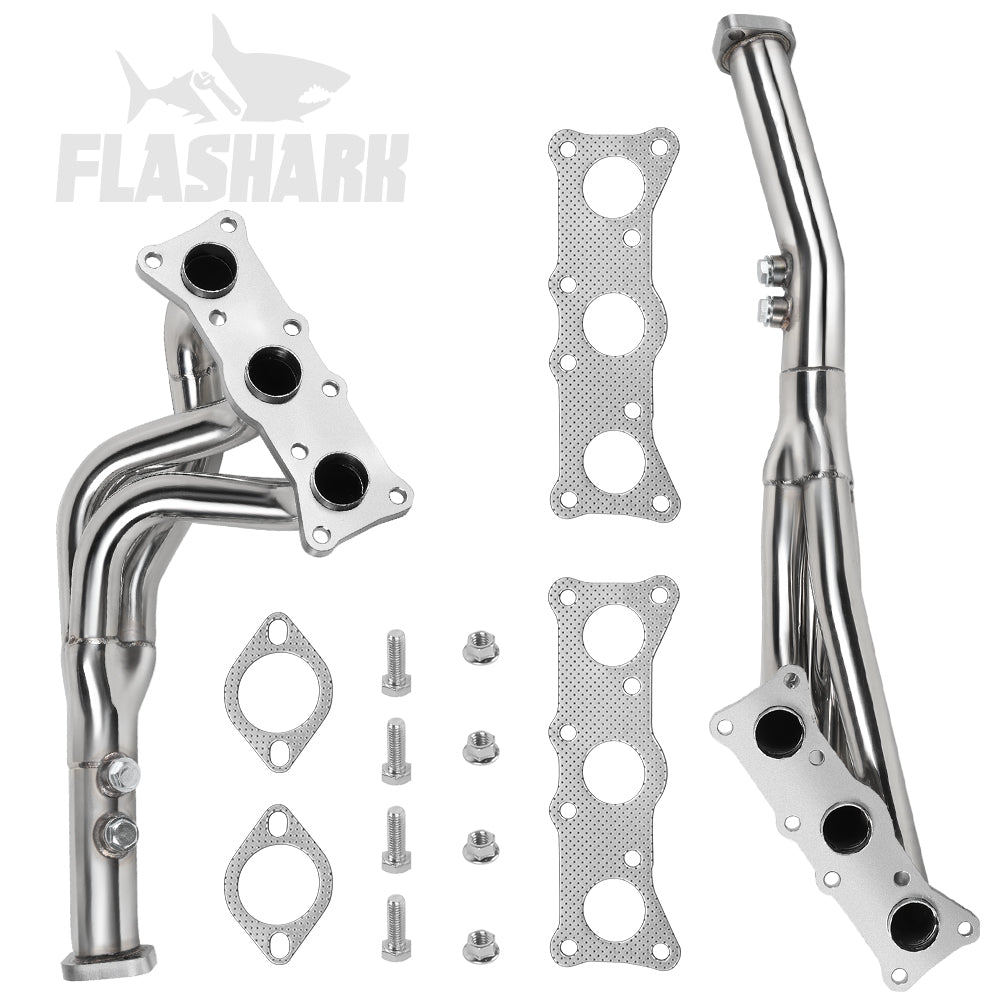

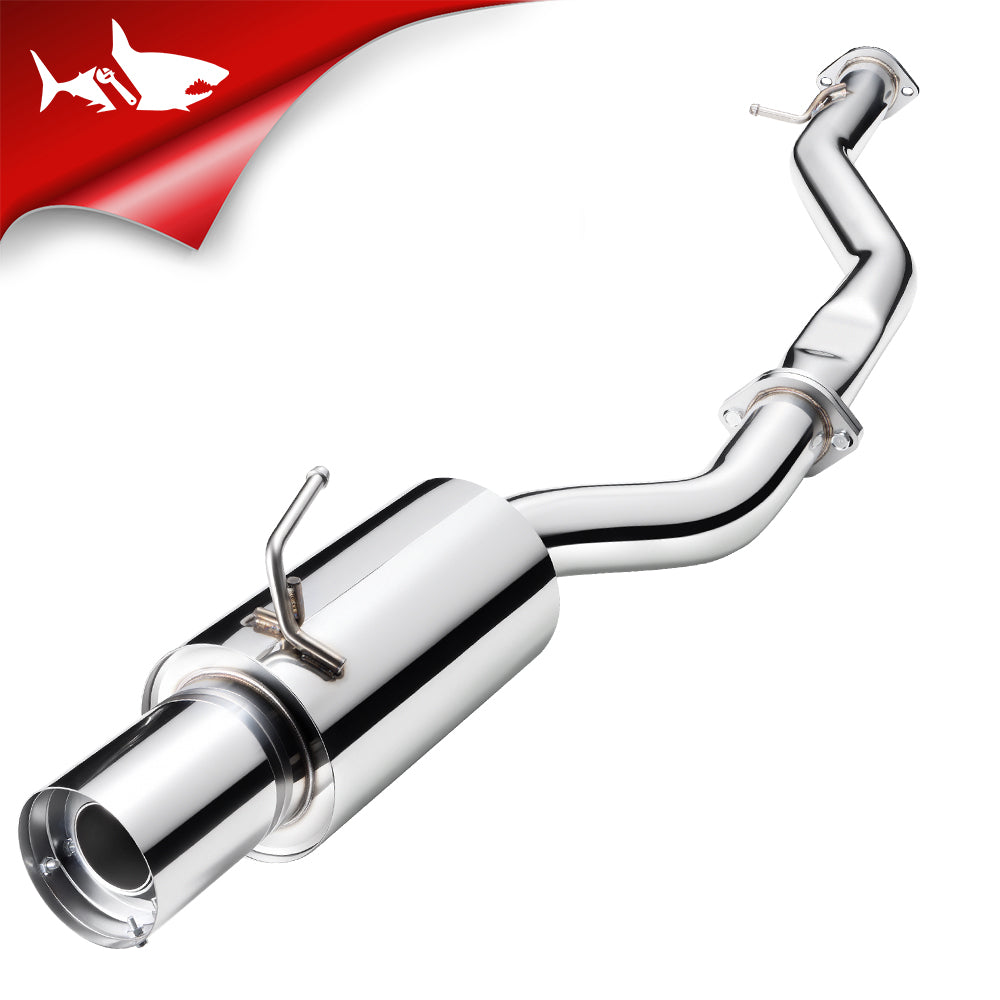


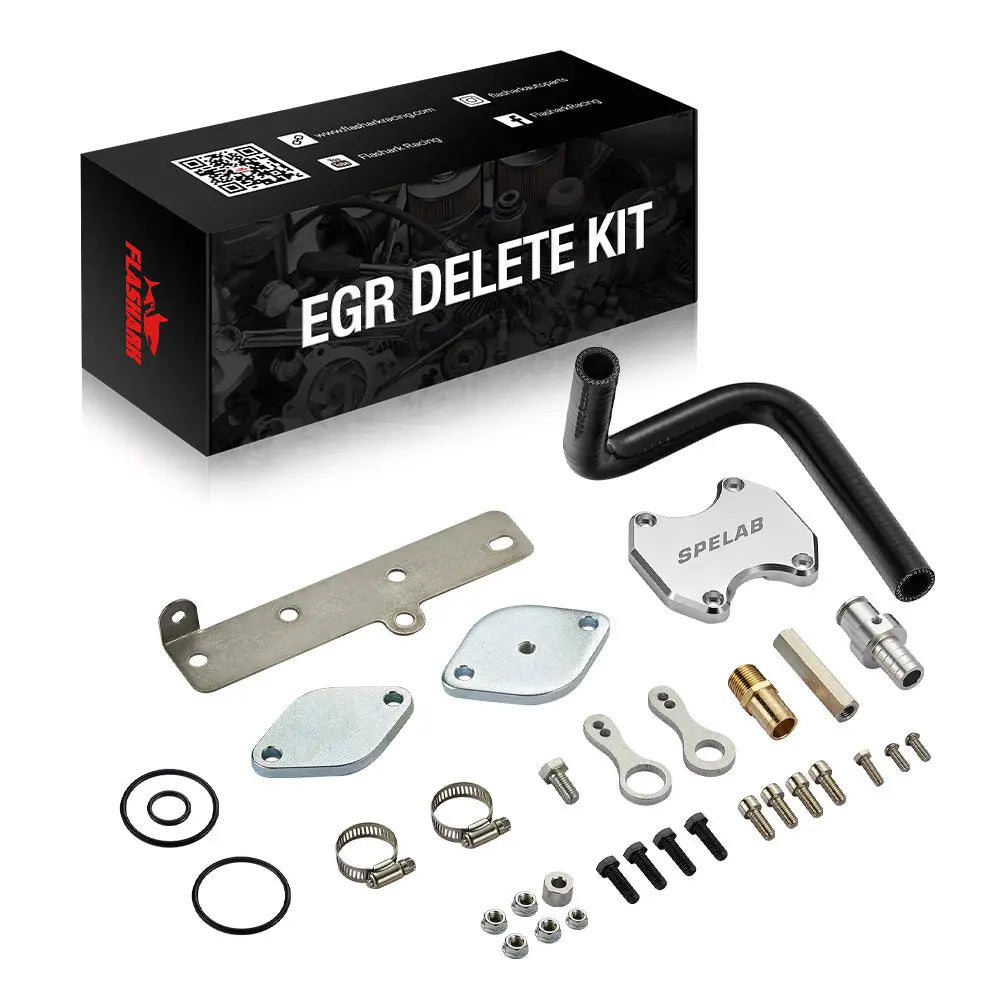
1 comment
Luis
Hi I recently ordered a strut and upper control arm. I’m having issues installing it since the ones I bought off y’all come with the upper ball joint attached to the control arm and my stock control arm does not have the upper ball joint attached. The ones originally on my truck had the upper hall joint attached to the knuckle. Do I have to buy a conversion kit? I did notice the kit I bought from you guys has an extra part which I think might be the conversion adapter but I am not sure.